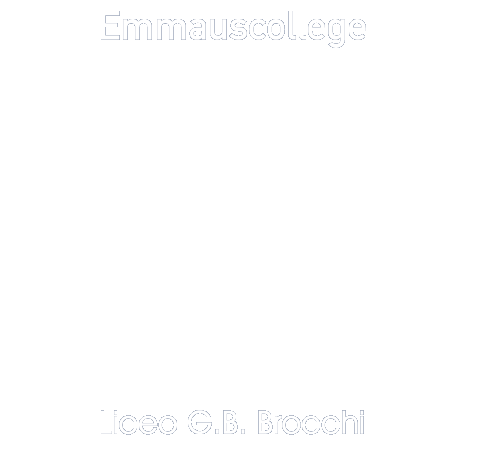Match your art!
International exchange during the lockdown
Communication is maybe the biggest part of your daily routine. Street signs, advertisements, books, television, facial expressions, etc. By just looking we interpret the world around us. This is an important fact of life, through the ages. "A picture is worth a thousand words". In these difficult and strange times, it's not possible to look up closely or visit other countries or cultures. Talking about habits with peers in other parts of Europe, meeting families, see school organizations, take part in everyday life, eat local meals, visit exciting new foreign places, ... As long as the situation concerning the Corona virus is as it is, that way of communication will not happen.
Visual discussion
Luckily, we are still able to communicate on a second-best level, through modern means! We have e mail, social media, skype, face time etc. We invite you all to take part in a project in which we still can have fun, learn from each other's culture and habits. We call it "kunst van het alledaagse" (art of everyday life). Of our and your rich culture we made a list of Dutch painters and Italian painters. The customs and habits portrayed on these paintings will be the beginning of a discussion that will lead to, hopefully, more understanding on your/our culture.
Now what's next?
- Step 1: The teachers will form groups of four or five students and will let you know in what group you are.
- Step 2: (as soon as possible) Contact all the other members of your group (both Italian and Dutch) by e-mail and introduce yourself. You can use the text of the matching form. Tell something about the composition of your family, your house, how it is situated, your neighbourhood. Your pets. How you spend your free-time, your favourite music, film, hobbies, sports. Your school-work, your favourite subjects etc. Start getting to know each other.
- Step 3: Decide on which communication platform you will communicate (we suggest Google meet, but you can also use Skype or Zoom or Microsoft Teams).
Organise a meeting for all group-members.
- Step 4: Each group receives a theme that determines the paintings you can choose from (the subject depicted in the painting must correspond with the theme that you received). You also receive the password needed to open the documents and the e-mail address to send your analysis and artworks to.
- Step 5: The Dutch students choose two or three titles of Dutch paintings that correspond to the theme (two if there are two Italian group members, three if there are three Italian group members). They can select them from this list or search paintings on the Internet themselves. They have to be sure that a high-quality image of the picture is available on the Internet. They send the names of the authors, the titles of the paintings and the links to the images to their Italian group-members.
The Italian students do exactly the same, but the other way around: they send two or three Italian paintings to their Dutch partners.
- Step 6: (before 5 March) Study and describe the meaning of the paintings you received from your partners with help of all the other group-members and foreign partners and using the method of Erwin Panofsky.
In this worksheet (PDF, use the password to open it) Panofsky's method is explained by means of two examples (Mona Lisa and Guernica).
Make every group member responsible for one painting. Although all group members have to work together, every student delivers one written analysis one painting (sending it before 5 March to the e-mail address you received).
Try to do your analysis as profound as in these examples. Make a list of questions for your counterparts concerning the interpretation of the paintings. Ask your partners all the information you need to understand the paintings: you have to find out the meaning working together with all group members.
Although you can work together as much as you want, every student takes the responsability and delivers one analyses of one painting.
- Step 7 (before 10 April): For this step you work together only with the group-members of your own country. Meet each other live if that is possible and admitted.
Bring one of the two or three paintings you received from your foreign partners to your own country and modern times, stage a photograph as interesting as you can with (less or more) the same meaning, composition, light and atmosphere! The most beautiful pictures will be a part of an exhibition held in our school. Send your picture before 10 April to the e-mail address you received.
Examples of old paintings transferred to modern times:
More about Panofsky:
School websites:
Inspired?
We hope you are excited to take part in this international project. Let's close the distance between us and match our art!



















